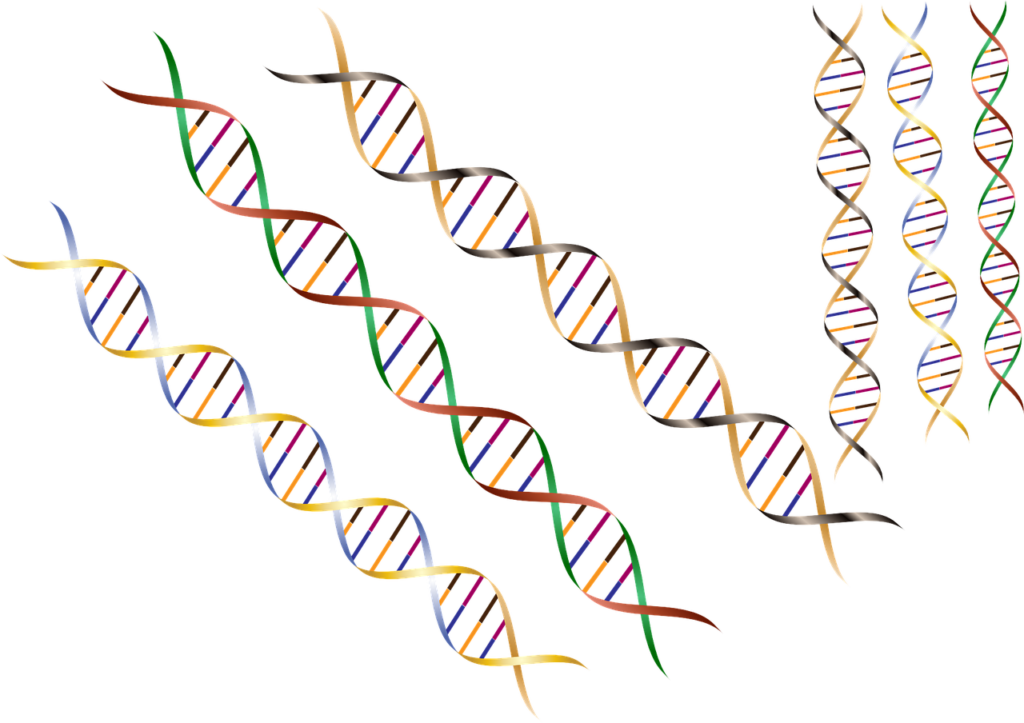According to a story from news-medical.net, a team of scientists associated with the CURECN project are starting to develop a gene therapy that has the potential to cure the rare disease Crigler-Najjar syndrome. The CURECN project is funded by the European Union. There is serious unmet medical need for this disease and most patients have poor quality of life and reduced life expectancy as a result. Finding a cure for Crigler-Najjar syndrome would be a serious breakthrough.
About Crigler-Najjar Syndrome (CNS)
Crigler-Najjar syndrome (CNS) is a metabolic disorder which affects bilirubin. This substance forms as the result of red blood cells breaking down at the end of their lifespans. Crigler-Najjar syndrome patients are unable to excrete bilirubin normally thanks to a mutation affecting the UGT1A1 gene. There are two types of Crigler-Najjar syndrome. The primary symptom of the disorder is jaundice, which causes yellow discoloration of the skin and eyes, itching, pale feces, and dark urine. In newborns, prolonged jaundice can lead to a serious form of brain damage called kernicterus, which can have debilitating results. Treatment for Crigler-Najjar syndrome includes phototherapy and plasmapharesis. A liver transplant can cure the disease, but these operations carry serious risks. To learn more about Crigler-Najjar syndrome, click here.
Developing a Gene Therapy
The goal of the CURECN gene therapy is to use an adeno-associated viral (AAV) vector as a vessel for transporting a corrected version of the UGT1A1 gene and replacing the mutated gene in a patient with the disease. Early proof of concept studies of the gene therapy have proved promising and there are now plans to launch a trial with a total of 17 human patients. There will be four trial sites across Europe.
A single use gene therapy would be a major improvement for Crigler-Najjar syndrome patients. Management strategies like phototherapy, which can last ten or twelve hours at a time, are tedious. A liver transplant, while curative, is often expensive and carries the risk of long term side effects as patients must suppress their immune systems to avoid rejection, often for life.
The CURECN team is also developing new methods for suppressing the immune response to AAV and disposing of antibodies, which can prevent gene therapy from working in some patients.






